
Recipe from The Sourdough Journey.
Ingredients:
- 450 g. Bob’s Red Mill artisan bread flour
- 50 g. whole wheat flour
- 365 g. water
- 100 g. active starter
- 10 g. salt
- 25 g. water
Directions:
- 90 Seconds: In a large bowl, add bread flour, whole wheat flour, 365 g. water, and starter, and use a dough whisk and mix for 90 seconds.
- 30 Seconds: After 90 seconds, use a bowl scraper to turn the dough in the bowl for 30 seconds for a shaggy ball.
- Rest: Cover bowl and rest dough for 40 minutes.
- 1 Minutes for Salt and Water: After 40 minutes of rest, add the salt and 25 g. water and pinch and fold the salt and water into the dough for 1 minute for a cohesive ball.
- Bulk Ferment: Cover bowl and bulk ferment based on dough temperature, 7.5+/- hours.
- Pre Shape: Turn dough out onto the counter and using a bench scraper, gently form a ball. Cover and rest for 20 minutes.
- Final Shape: Shape your dough and place in a floured banneton, cover and rest for 30 minutes.
- Cold Retard: Place banneton in refrigerator and cold retard for 14.5 hours.
- Bake: Preheat Dutch oven to 500F; take dough out of refrigerator and place dough on floured parchment paper, score dough. Remove Dutch oven and place dough in the Dutch oven and cover; place Dutch oven in the oven and lower the oven to 450F for 20 minutes; then take the lid off and bake for an additional 20 minutes.
Timeline:
- 9am feed starter
- 9pm mix dough
- Bulk ferment overnight
- Shape and then cold ferment
- Bake
Three (3) Minutes Hands On Sourdough:

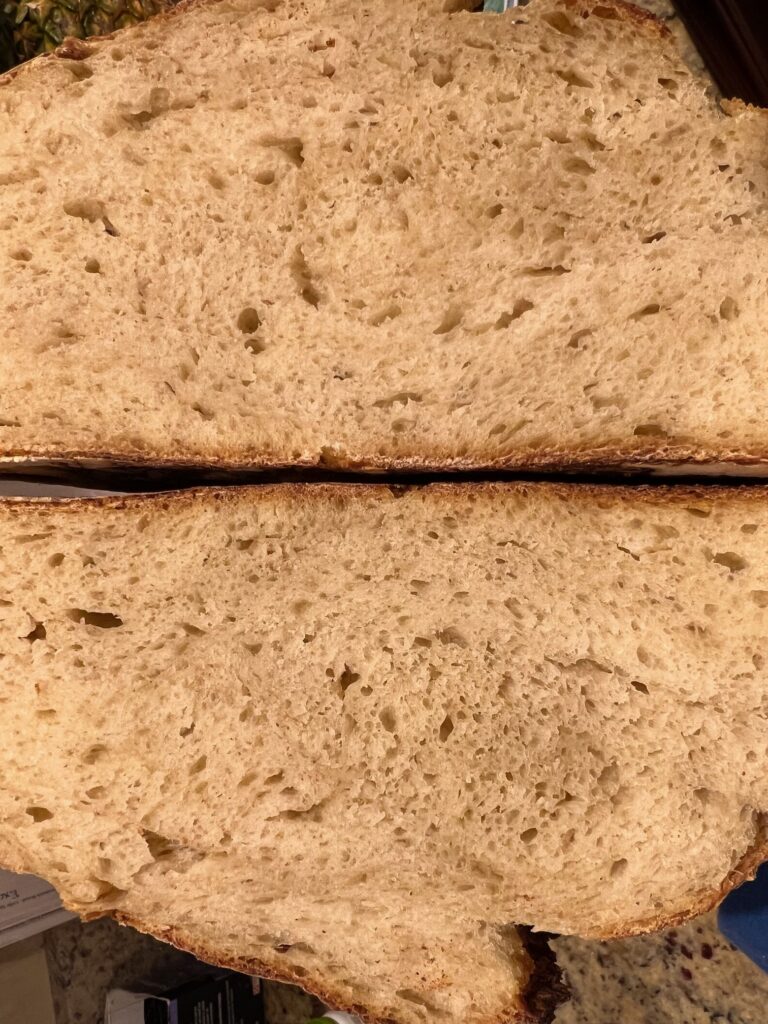


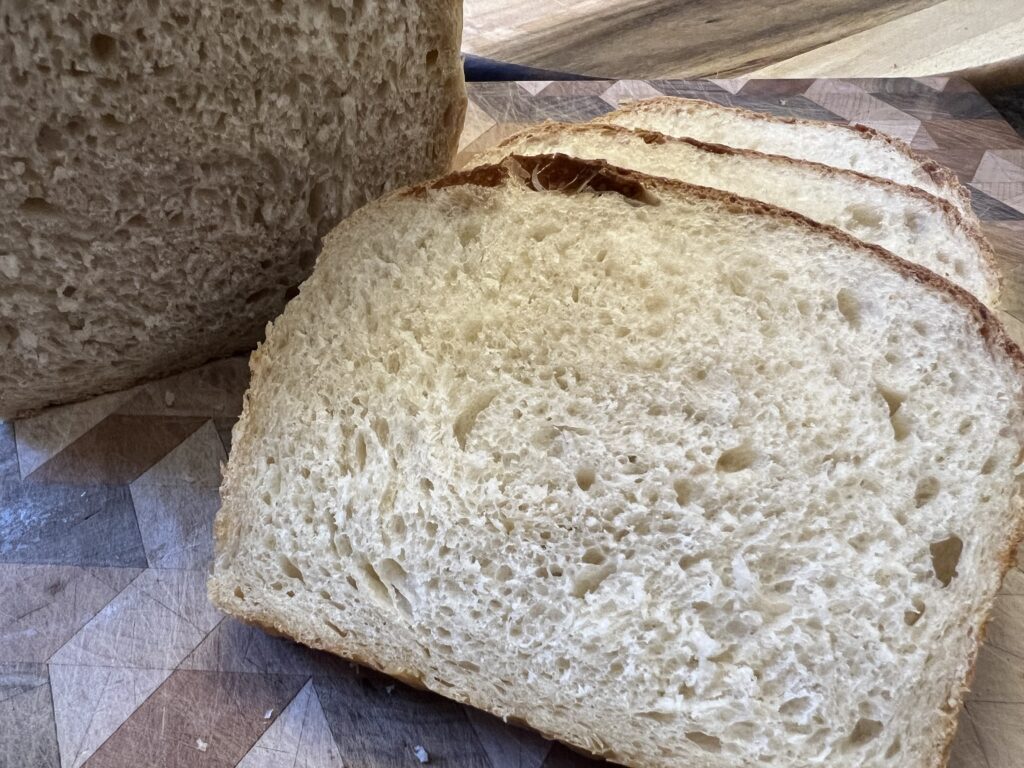

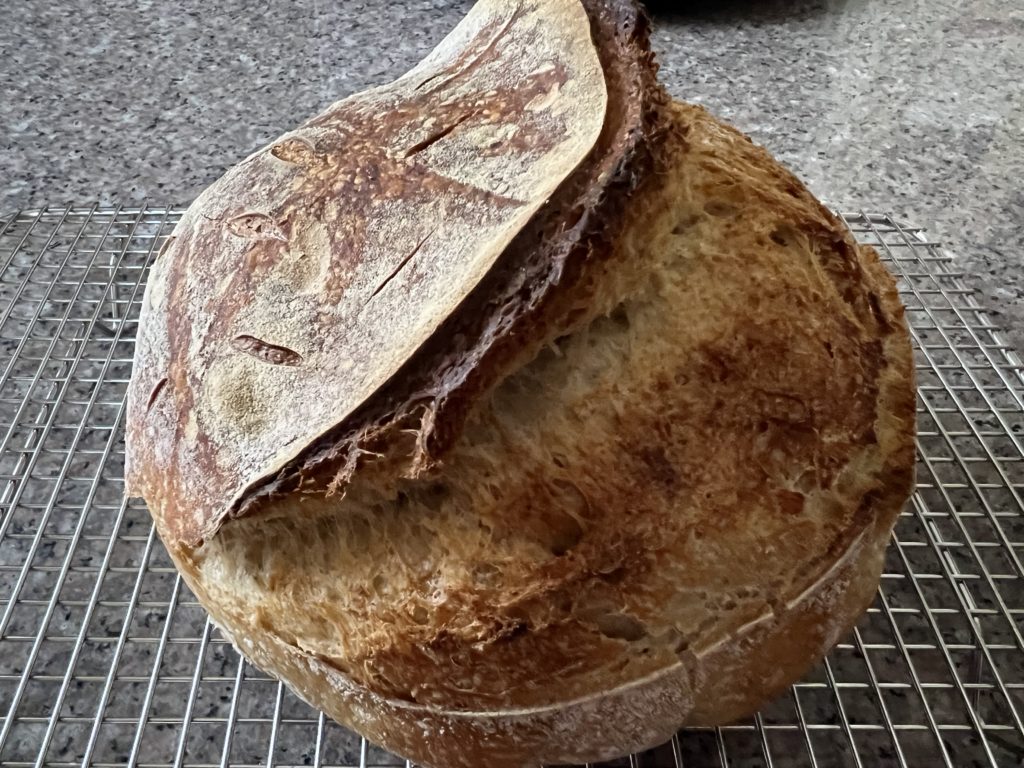
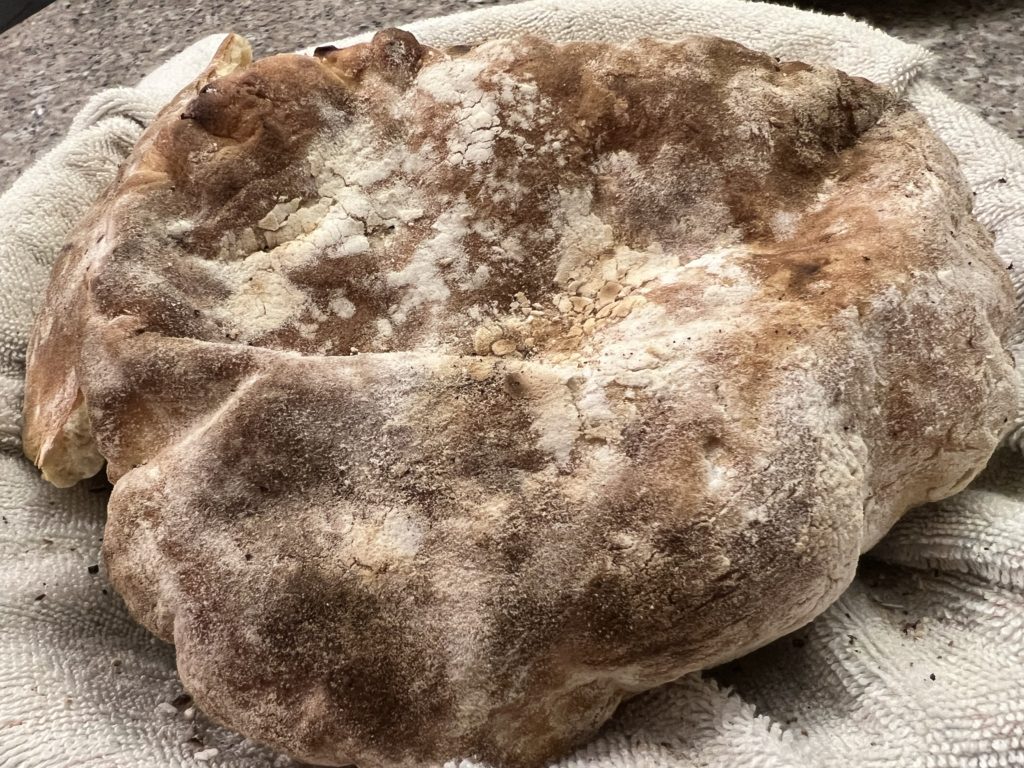
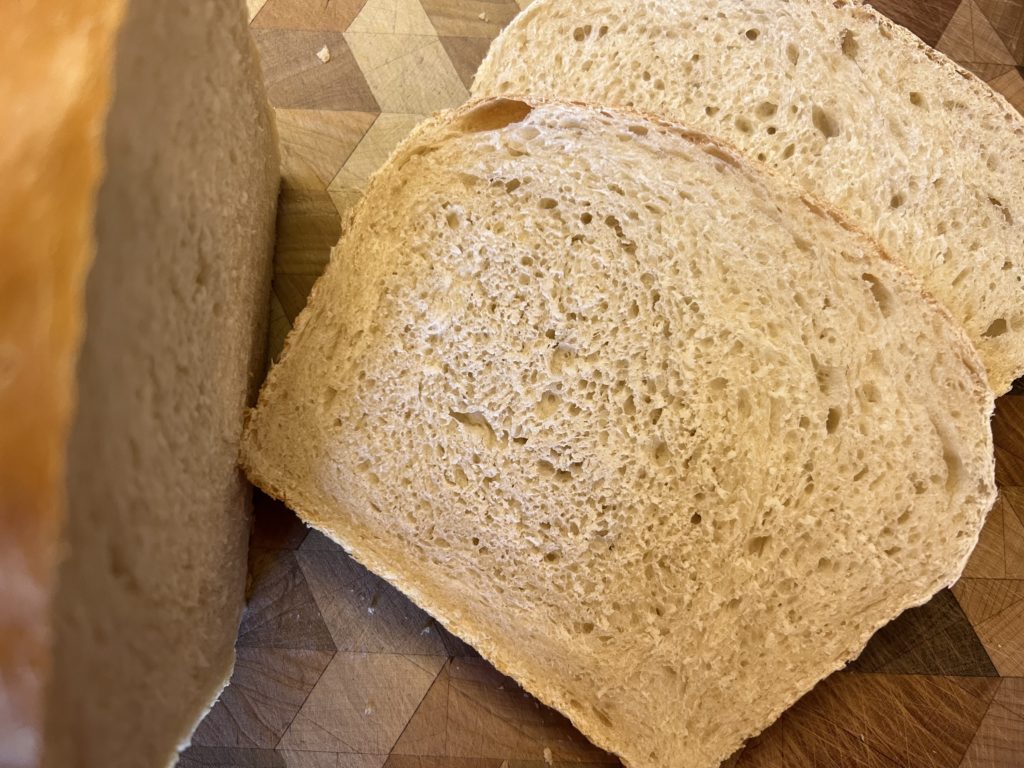

Recent Comments